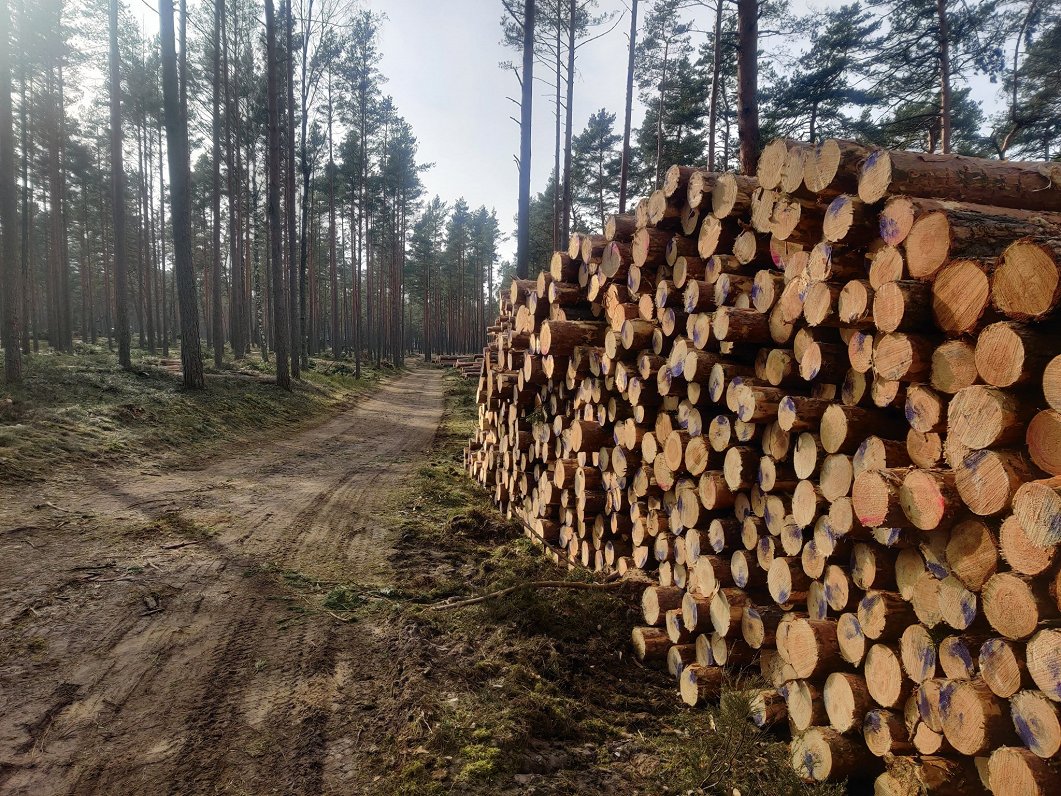In 2023 the average forest regeneration costs varied between 897 and 1037 EUR/ha, which is a rise of 6.5–19.3 % depending on the quality group of forest land. In 2022 these costs varied between 792 and 931 EUR/ha and the year before between 742 and 891 EUR/ha.
The highest forest regeneration costs incurred in forests standing on the third quality group forest land (1036.78 EUR/ha, which is 19.3 % more than in 2022) while the lowest in forests on the second quality group forest land (896.66 EUR/ha, up by 13.3 %).
Forest regeneration costs include expenditure on soil preparation, small sapling expenses and planting costs.
The average forest tending costs, which include agro-technical tending of forest and tending of young growths, varied between 439 and 542 EUR/ha in 2023, which is a rise of 14.7–50.8 % depending on the quality group of forest land. The highest forest tending costs were recorded in forests standing on the fourth quality group forest land (542.2 EUR/ha, which is 31.9 % more than in 2022) and first quality group land (489.68 EUR/ha, up by 50.8 %).
The overall growth in the average forest regeneration and tending costs was driven by higher labour costs and prices of seedlings as well as mechanized forest planting (where costs per unit are higher than with manual planting).
In 2023, compared to 2022, the average harvesting costs for one cubic meter of timber increased in both final and intermediate felling. Costs in final felling, where almost all trees are cut, went up by 4.4 % and reached 25.4 EUR/m3. In intermediate felling (thinning, reconstructive felling, and sanitary clear felling), where felling is performed by sampling trees, costs rose by 12.2 % and reached 31.6 EUR/m3.
The total harvesting costs in final felling and intermediate felling are formed by labour, transportation, and machinery costs.
The forestry sector is an important one in the Latvian economy, accounting for more than 1.5% of total GDP and employing more than 17,000 people, according to Eurostat data.



























